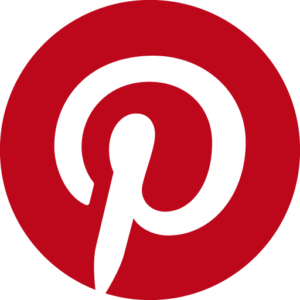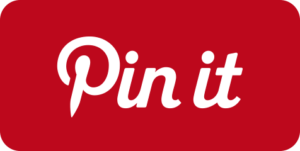Quick links, bringing you great articles on writing from all over the web.
I love Pinterest. It is a great place for inspiration and help. Just be warned, it is very addictive and very easy to lose a lot of time there. At Live Write Thrive, guest poster Piers Golden shares how Pinterest can help you as a writer. Oh and I am paula1849 on Pinterest and I would love to hear from you!
~ * ~
How Pinterest Can Help Writers Write Better
 Today’s guest post is by Piers Golden.
Today’s guest post is by Piers Golden.
As you are contemplating writing a book, the thought of using Pinterest as a tool may not occur to you until after the book is complete.
While Pinterest is a great marketing tool for authors, you may be surprised to find that there are many ways that Pinterest can improve your writing, depending on the type of book that you are writing.
Let’s take a look at these.
Plotting and Planning
All books require research. You may be confident in your subject matter, but if you are going to get the details just right, you will need to make sure that you have the right information when you are describing locations, actions, and secondary characters.
This may seem like a minor issue, but these are the types of details that can throw a reader out of the story. As you are beginning the research portion of your novel, you may find Pinterest useful.
Read the full post on Live Write Thrive!

 By
By